Most executives know there’s huge value in an active LinkedIn profile as it raises awareness for their business, builds thought leadership, and helps with recruitment and employee engagement.
However, many executives still struggle with managing their LinkedIn profiles and using them to their full potential.
At Qnary, we help manage and elevate the social media presence and reputation of thousands of executives worldwide, from developing effective content through to strategic audience growth.
These are our top 5 tips for executives looking to make full use of their LinkedIn profiles and reap all the benefits of an active digital presence.
#1 Make sure your profile is fully optimized
A fully optimized profile has more elements than you might expect. In most cases, executives have a profile picture, a simple headline, a simple bio, and their past professional and academic experiences. While this is a good starting point, here are several more elements that can add immense value and visibility to your profile:
- Cover image: your cover photo is prime profile real estate. It gives you the opportunity to visually convey the value proposition of your business or yourself. More than anything, it makes your profile stand out from most executives who aren’t using a cover image.If you prefer to keep things simple, you can use a high-resolution image of the place you’re located. If you really want to make your cover image sing, add a few images that represent what you or your business does, along with a statement conveying your unique value proposition.
- Creator mode: this function helps communicate your content areas of expertise via hashtags. Choose a few hashtags that relate to your business or professional interests and add them into your creator mode.
E.g. #marketing #socialmedia #digitaltransformation #leadership #companyculture
- Featured content: this function allows you to highlight key content pieces within your profile.Some good examples include: key company or personal milestones, original content pieces (research papers, articles, mini blogs), or images of team events.
- Thought leadership headline: most executives simply mention their role and company in the headline. While this is a good start, it’s also a missed opportunity.Your headline is the perfect place to add relevant keywords and highlight areas of expertise for you and your business. Adding relevant keywords can improve your visibility and rank on LinkedIn searches that helps discoverability for you or your business.
- Personalized bio: first off, the best bios are written in first person. That makes them more personal and warmer.The bio itself is a great place to let people know what your personal brand is all about. Add a quote that inspires you, clearly explain how you add value to businesses, and briefly lay out your impressive experience and how it’s helped you become a better professional.
Adding personal interests within the bio is also a great way to humanize your profile and show there’s more to you than just business.
#2 Post content regularly
Once you have a fully optimized profile, the most important and impactful thing you can do is post content on a regular basis.
What does “regular” mean? Take a look at this guide. It will help you determine the right cadence for you.
As a rule of thumb, we recommend posting at between 3 and 5 times per week, every single week to maximize your reach, visibility, and engagement.
#3 Post a mix of blended content
Other than finding the time to write content, the main hurdle executives face is coming up with things to post.
Here’s another guide with several ideas about different content types, along with how to put together an effective content strategy for your professional brand.
We recommend a mix of blended content, which means two things:
Firstly, ensure variety in the topics you discuss. Ideally, you want to share a mix of at least 2 or 3 thought leadership themes – perhaps related to what your business does, what your role involves, or any professional passion areas you may have. Within this mix you can also include some brand content, however we recommend limiting that to 20% of your overall content mix.
Secondly, the types of content you share should also follow a blended approach. A good mix of content includes shared articles, videos, podcasts and infographics, along with some original mid- or long-form content, photos, and videos.
By keeping your content topics and formats diverse, you’re much more likely to engage your audience, capture their interest, and keep them coming for more.
#4 Strategically connect with the right people
Look at your LinkedIn audience as your online business network – your 21st century rolodex.
You wouldn’t want your rolodex to be filled with random contacts and strangers who aren’t likely to bring you or your business value, would you?
When it comes to growing your network, we recommend quality over quantity, which begins with defining your target audience.
What types of roles are most relevant for you to connect with?
- A software provider might say CIOs, CTOs and CISOs, who might turn into potential leads.
- A startup founder instead might say Investors, Directors of VCs, and other Founders who might provide funding for their business at some stage.
- A leadership coach may be open to a wider variety of leadership roles that might need their services.
The key is defining who are the stakeholders and decision-makers that can add value to your network.
Secondly, define the region.
This is normally best defined by thinking about the domain of your business and role. Is it local? Regional? Global?
Lastly, define the industry and/or company size you’d like those executives to belong to.
Once you’ve defined your target audience, use LinkedIn to search for people. You can use the site’s built-in filters to narrow a search down to match your ideal audience. We recommend connecting with 30-50 people each week, from which you can expect around 30-50% to connect back with you.
If you do that on a weekly basis, you’ll find yourself with an average monthly audience growth of 50-100 high-quality connections – not bad!
#5 Engage with others’ content
If you’ve followed the steps above, by now you should have:
- A compelling profile that clearly represents your personal brand and unique value proposition as an executive
- A regular flow of impactful, blended thought leadership content that captivates your audience.
- A growing, hyper-target audience that is likely to bring value to you and your business
So what’s missing?
Our last recommendation to actively engage with other people’s content. Why? Because, just as we enjoy seeing others like our content or start conversations in the comments’ section of our posts, others in your network appreciate that type of effort too.
When you engage with others’ content, they’re much more likely to recognize you, pay attention to your content, and engage back with your posts.
The best ways to engage with others’ content include:
- Liking on reacting to others’ posts
- Posting meaningful comments on others’ content – ideally sharing an insightful point of view
- Resharing others’ content along with your own thoughts on the topic
Engaging with others’ content is not hard. Simply scroll through LinkedIn – as you normally would – and make a small effort to engage with posts that resonate with you.
So there you have it. These are our top 5 strategies to elevate your thought leadership and online presence as an executive on LinkedIn.
If you want a more detailed analysis and recommendations on how to improve your social media presence, get in touch with us. We offer a complimentary Digital Presence Analysis for Senior Executives looking to elevate their online engagement and network.
You can book it, free of charge, here.


 Qnary is an award-winning professional reputation management and talent branding solutions company. The Company was listed as one of the 5000 fastest-growing enterprises by Inc. magazine and was also listed as one of the 360 best companies by Entrepreneur magazine in 2018, 2019, 2020, & 2021. Qnary has regional headquarters in New York City, Barcelona and Sydney.
Qnary is an award-winning professional reputation management and talent branding solutions company. The Company was listed as one of the 5000 fastest-growing enterprises by Inc. magazine and was also listed as one of the 360 best companies by Entrepreneur magazine in 2018, 2019, 2020, & 2021. Qnary has regional headquarters in New York City, Barcelona and Sydney.